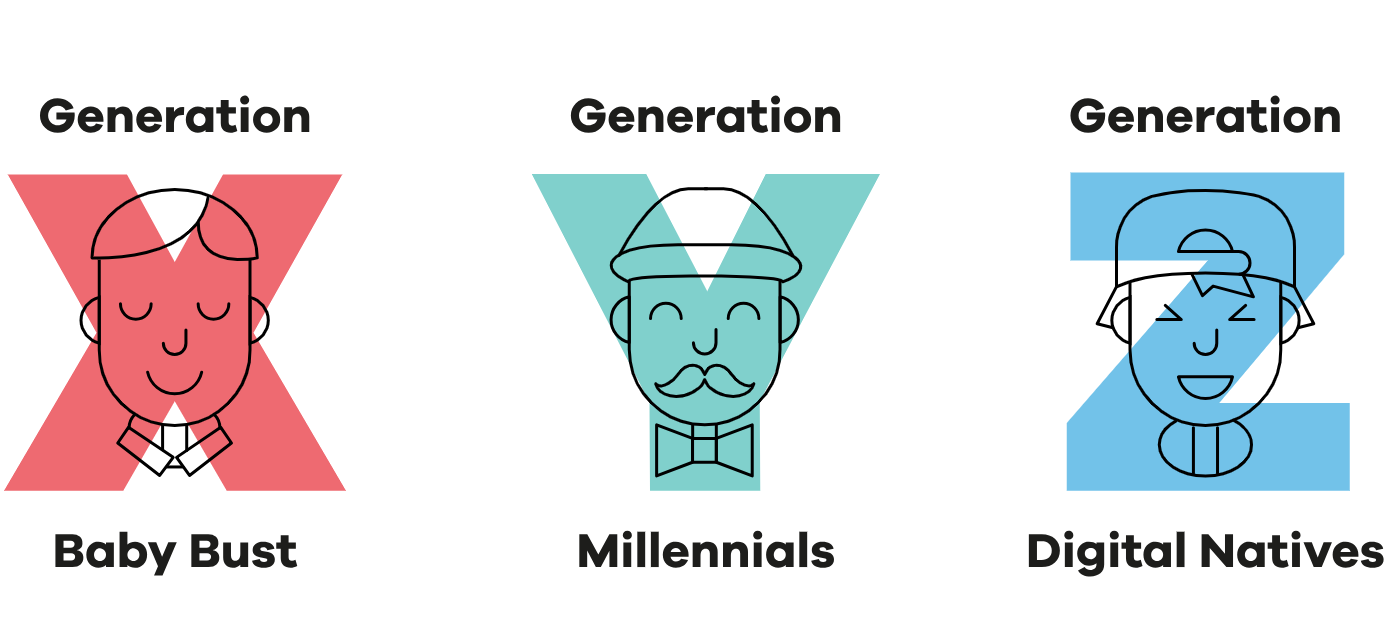According to the ManpowerGroup 2018 Talent Survey, companies are only filling 50% of their roles despite an average of 75 applications per job posting. It’s clear companies across industries are struggling with an overwhelming talent shortage.
To that end, I recently attended a talk on the Future of Talent, hosted by The Club at The Ivy which addressed a crucial and ever-evolving issue. An excellent panel of workforce experts, including Dr Eliza Filby of Eliza Filby Associates, Saj Jetha, Founder of the Smarty Train and Pip Jamieson, Founder of the Dots Global debated how companies can manage a multigenerational talent pool to remain competitive.
Tensions around ageism and how industries adapt to their ageing workforce are mounting. Companies are scrambling to attract candidates from the latest talent pool while in turn ignoring the needs of their other multi-generational employees. Our panellists shared their experiences of seeing millennials entering the workforce with a difference stance to Generation X and Baby Boomer predecessors. This new generation of workers are choosing values and purpose over pay, training and growth over stability and the need to gain autonomy at pace. As a result, companies are dealing with what Jason Dorsey at the Center for Generational Kinetics has termed ‘millennial fatigue’. The panellists also discussed The Boston Globe’s recent article on how catering to the needs of Generation Z as it enters the workforce risks further resentment.
I left the talk with a strong sense that to ensure success, companies need to address the needs of all generations. Two key multi-generational trends are the reinvention of the family and the opportunity for learning and development.
Turning to the first of those trends, the reinvention of the family is a result of an ageing society combined with working parents and longer working hours. Families are becoming multigenerational themselves where childcare is a constant worry and millennial parents are pushing the boundaries of paternity leave.
At the same time, learning and development in the workplace is increasingly being sought out across all generations. To remain attractive, organisations need to invest in this sector whether it be through indirect learning or accredited. With the rise of technology, upskilling older employees will be equally important to driving companies’ forward and ensuring innovation can thrive.
These are pertinent points for us at Grace Blue as we continue to work with clients in new markets and help define roles that haven’t previously existed. We have had first-hand exposure to the different attitudes towards family while working on pan-European assignments – a recent trip to Sweden by some of my colleagues felt something of a glimpse into the future on this score. Likewise, we see the effects of ageism weekly in the candidates we meet who believe they have fallen foul to the ‘magpie effect’ and the need to hire in new and shiny skills at the expense of boardroom knowledge. For us, the organisations doing it well are learning to combine both – the maturity of experience and excitement of the new, through informed workplace learning and flexible working models. Which is why when we talk about diversity, we mean in all its forms and, in particular, diversity of experience that comes from a multi-generational workforce.
By Claire-Marine Varin, Associate at Grace Blue
